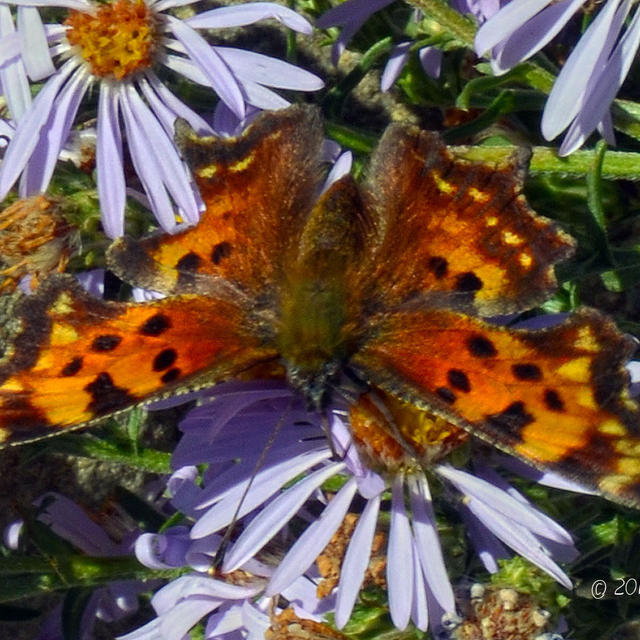Hoary Comma
Polygonia gracilis (Grote & Robinson, 1867)
Family: Nymphalidae
Subfamily: Nymphalinae
Identification: Upperside is dark red-orange, borders darker; hindwing with yellow submarginal spots. Underside is gray-brown; outer half much lighter, frosted white or silver-gray. Silver spot at center of hindwing is fishhook-shaped.
Wing Span: 1 1/2 - 2 1/4 inches (3.9 - 5.7 cm).
Life History: In the afternoons, males perch on plants in valley bottoms to seek females. Eggs are laid on petioles and undersides of host plant leaves. Caterpillars eat leaves and rest underneath. Adults hibernate.
Flight: Overwintered adults emerge and lay eggs in the spring until June; the new generation appears in July and flies until September, then hibernates.
Caterpillar Hosts: Currants and gooseberries (Ribes), western azalea (Rhododendron occidentale), and mock azalea (Menziesia glabella).
Adult Food: Sap and nectar from flowers of sweet everlasting (Gnaphalium) among others.
Habitat: From foothills to treeline woodland streamsides, brushlands.
Range: Boreal North America south of the tundra. Central Alaska south to central California and northern New Mexico; east across southern Canada and the Great Lakes region to New England and the Maritimes.
Conservation: Not usually required.
NCGR: G5 - Demonstrably secure globally, though it may be quite rare in parts of its range, especially at the periphery.
Management Needs: None reported. Note:The Zephyr, subspecies zephyrus, was previously treated as a separate subspecies.
Get your BAMONA Gear!
Please donate!
We depend on donations to keep Butterflies and Moths of North America freely available. We want to express our gratitude to all who showed their support by making a contribution this year. You can donate to support this project at any time.
Advertise with us!
Do you have a product or service that you think would interest BAMONA users? If you would like to advertise on this website, contact us by email, or use the contact form and select the "Advertising" category.
Verified Sightings
Displaying 1 - 24 of 947 verified sightings
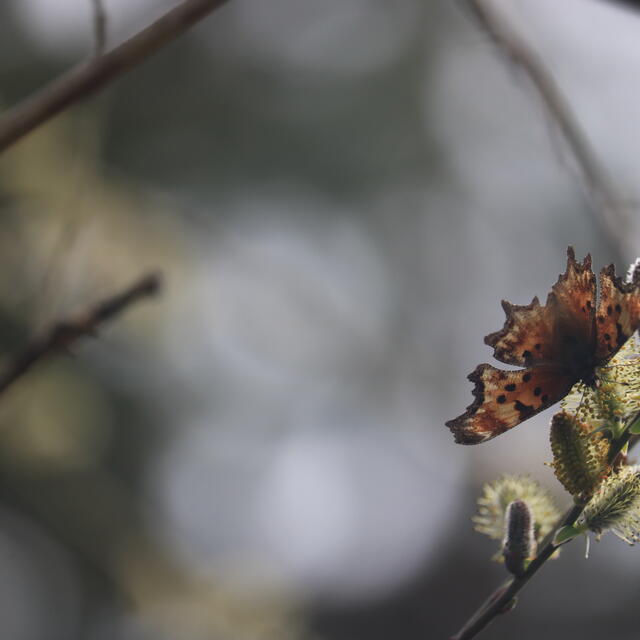
Observation date: Apr 11, 2024
Submitted by: dfagan746
Region: Deschutes County, Oregon, United States
Verified by: John Calhoun
Verified date: Apr 18, 2024

Observation date: Apr 04, 2024
Submitted by: DeepSkyKelly
Region: Union County, New Mexico, United States
Verified by: stevecary
Verified date: Apr 17, 2024

Observation date: Apr 03, 2024
Submitted by: Cactuswren1976
Region: Santa Fe County, New Mexico, United States
Verified by: stevecary
Verified date: Apr 04, 2024

Observation date: Mar 19, 2024
Submitted by: Cactuswren1976
Region: Santa Fe County, New Mexico, United States
Verified by: stevecary
Verified date: Mar 23, 2024
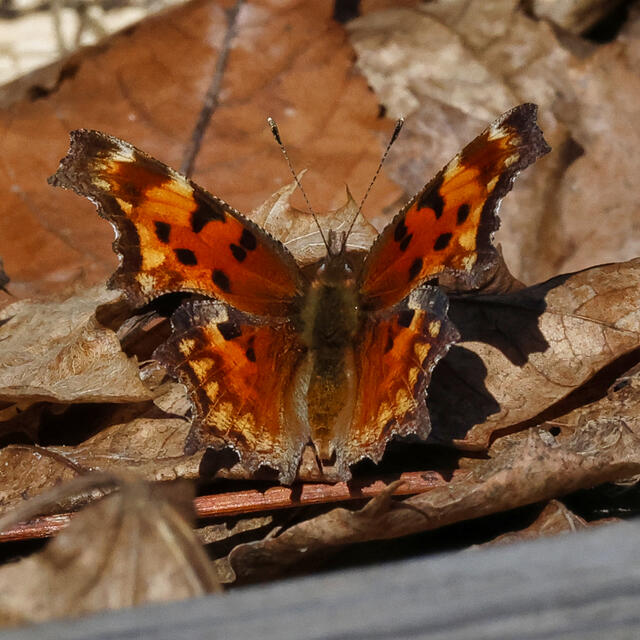
Observation date: Mar 18, 2024
Submitted by: Paul Prappas
Region: British Columbia, Canada
Verified by: Paul Prappas
Verified date: Mar 18, 2024
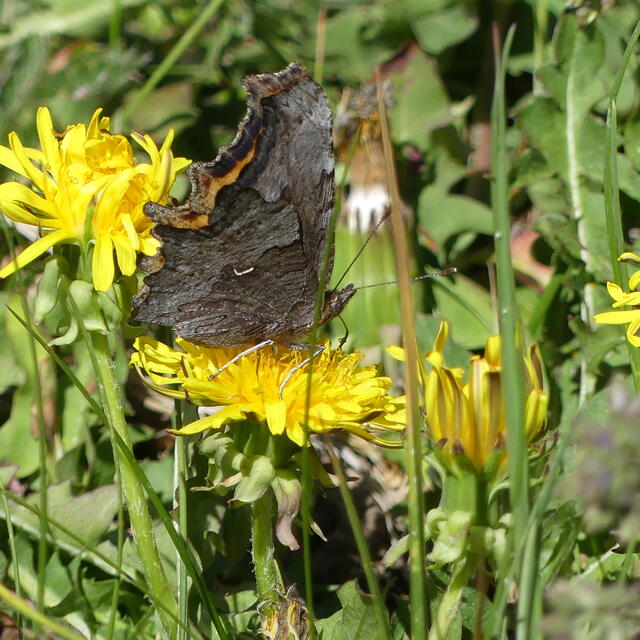
Observation date: Jul 13, 2023
Submitted by: stevecary
Region: Conejos County, Colorado, United States
Verified by: mikefisher
Verified date: Jan 05, 2024
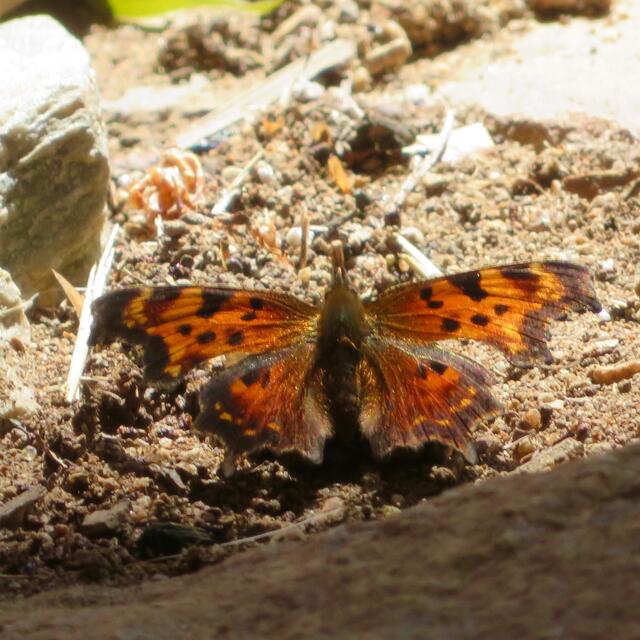
Observation date: Aug 27, 2019
Submitted by: Joyce Kozdrowski
Region: British Columbia, Canada
Verified by: Paul Prappas
Verified date: Nov 25, 2023

Observation date: Oct 07, 2023
Submitted by: NikkiM
Region: Carbon County, Montana, United States
Verified by: J_Martineau
Verified date: Oct 25, 2023

Observation date: Sep 03, 2023
Submitted by: NikkiM
Region: Stillwater County, Montana, United States
Verified by: J_Martineau
Verified date: Oct 23, 2023

Observation date: Aug 28, 2023
Submitted by: NikkiM
Region: Carbon County, Montana, United States
Verified by: J_Martineau
Verified date: Oct 23, 2023

Observation date: Oct 05, 2023
Submitted by: MAKI
Region: Taos County, New Mexico, United States
Verified by: stevecary
Verified date: Oct 17, 2023
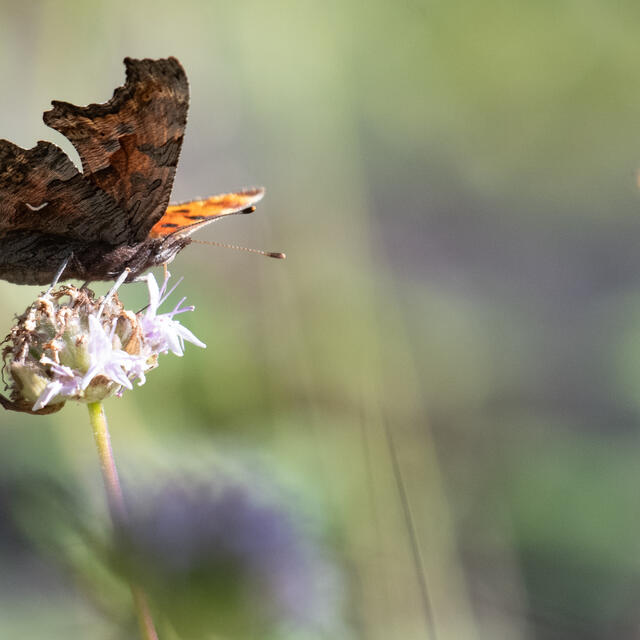
Observation date: Oct 08, 2023
Submitted by: rajanrao
Region: Alpine County, California, United States
Verified by: Ken Davenport
Verified date: Oct 16, 2023

Observation date: Aug 17, 2023
Submitted by: Judith Huf
Region: Alberta, Canada
Verified by: Paul Prappas
Verified date: Sep 28, 2023

Observation date: Sep 08, 2023
Submitted by: MAKI
Region: Lassen County, California, United States
Verified by: Ken Davenport
Verified date: Sep 23, 2023
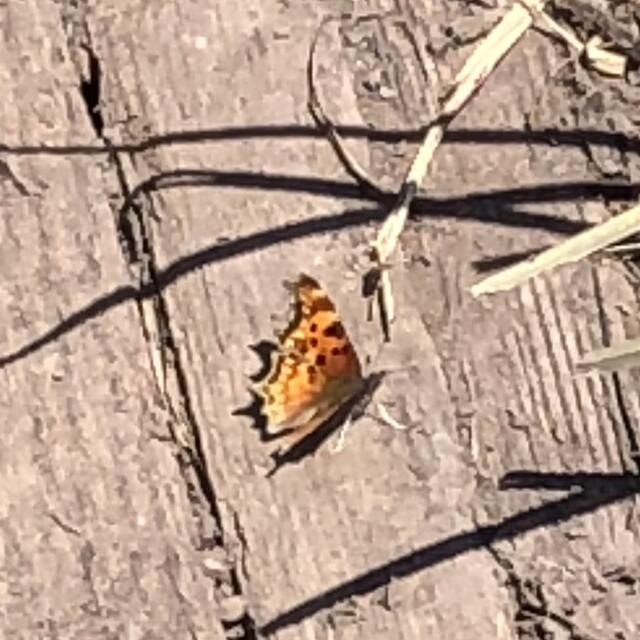
Observation date: Aug 07, 2018
Submitted by: Cactuswren1976
Region: Summit County, Utah, United States
Verified by: James Steen
Verified date: Sep 18, 2023

Observation date: Sep 14, 2023
Submitted by: danfay
Region: Siskiyou County, California, United States
Verified by: Ken Davenport
Verified date: Sep 14, 2023

Observation date: Aug 08, 2020
Submitted by: carmensmith
Region: Utah, United States
Verified by: James Steen
Verified date: Aug 24, 2023

Observation date: Aug 18, 2020
Submitted by: Robb Hannawacker
Region: San Juan County, Utah, United States
Verified by: James Steen
Verified date: Aug 24, 2023

Observation date: Jul 30, 2017
Submitted by: dingoqueen
Region: Box Elder County, Utah, United States
Verified by: James Steen
Verified date: Aug 22, 2023
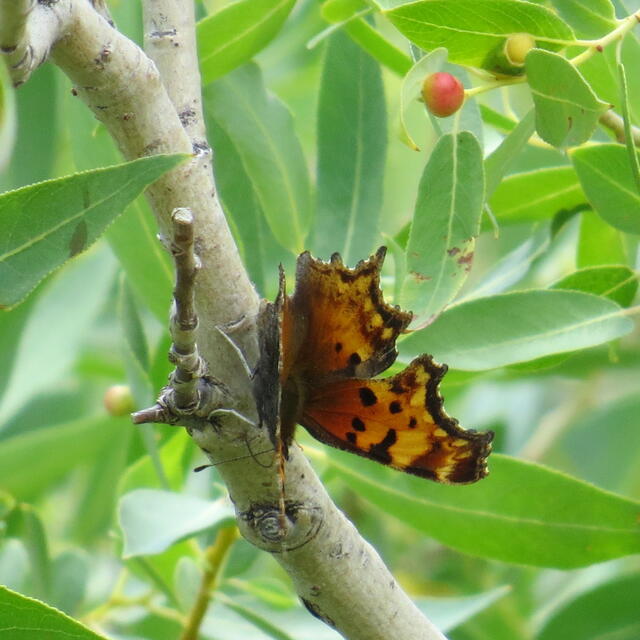
Observation date: Jul 30, 2017
Submitted by: mhearell
Region: Box Elder County, Utah, United States
Verified by: James Steen
Verified date: Aug 22, 2023

Observation date: Jun 18, 2017
Submitted by: ezeemonee
Region: Salt Lake County, Utah, United States
Verified by: James Steen
Verified date: Aug 22, 2023

Observation date: Aug 20, 2023
Submitted by: bonfrey
Region: Socorro County, New Mexico, United States
Verified by: stevecary
Verified date: Aug 21, 2023

Observation date: Aug 10, 2018
Submitted by: jrmbutterfly
Region: British Columbia, Canada
Verified by: Paul Prappas
Verified date: Aug 18, 2023

Observation date: Jul 31, 2023
Submitted by: natureali
Region: Mono County, California, United States
Verified by: Ken Davenport
Verified date: Aug 07, 2023
- 1 of 40
- next ›





